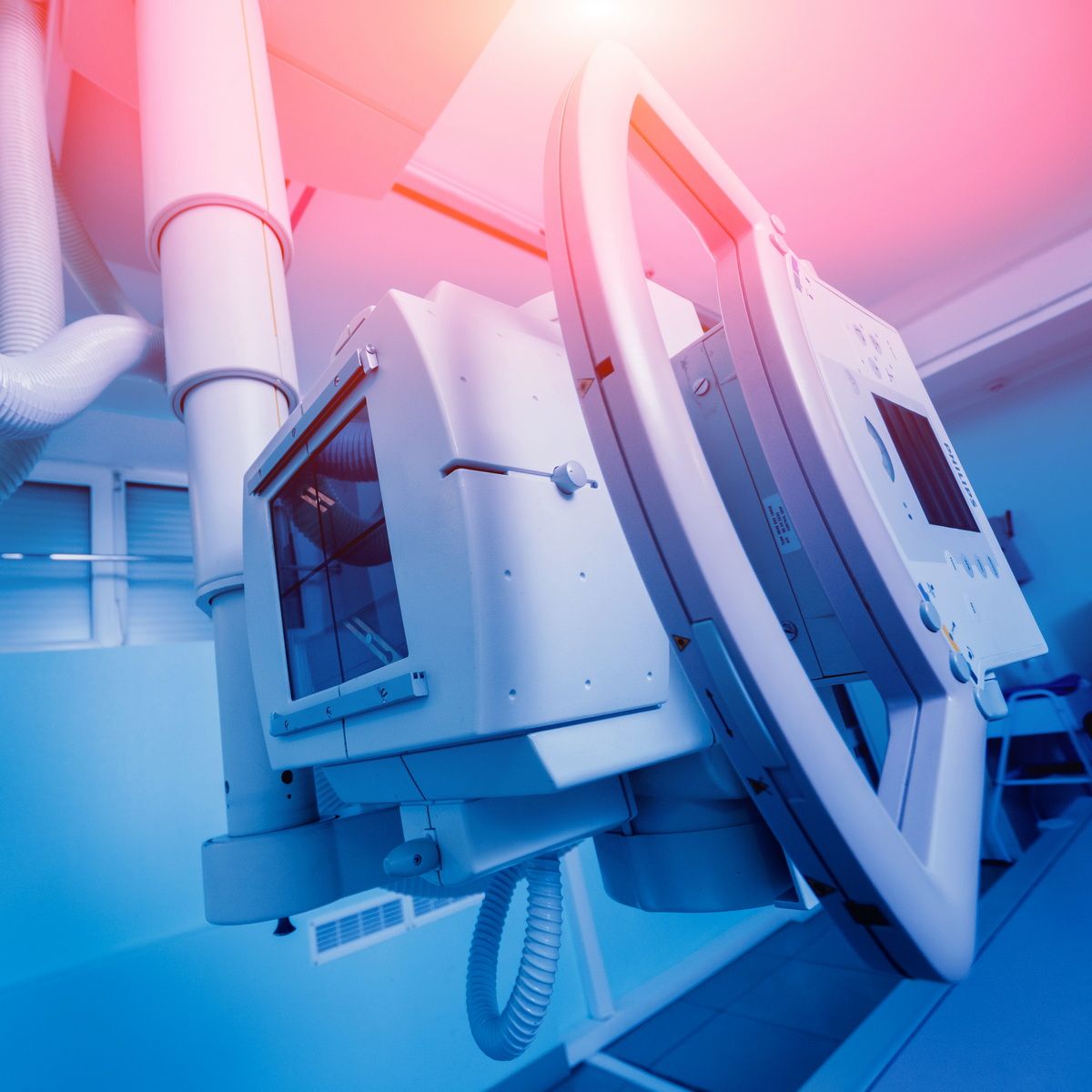Innovations in Imaging: Townsen Memorial's Advanced Diagnostic Services Part 2

Welcome back to the second installment of this series about the advanced medical imaging technologies employed at Townsen Memorial Health System. You can find Part 1 here. In this edition, we delve deeper into the world of medical imaging, focusing on three more diagnostic tools. These technologies play a crucial role in providing comprehensive healthcare services across the Townsen Memorial Health System.
3D Mammogram Machines
3D mammography, also known as digital breast tomosynthesis (DBT), is an advanced imaging technique used for breast cancer screening and diagnosis. 3D mammography is particularly useful for:
Breast Cancer Screening: 3D mammography is more effective than traditional mammography at detecting breast cancer, especially in women with dense breast tissue. It can detect smaller cancers that may not be visible on 2D images and reduce the need for additional imaging or follow-up tests.
Diagnostic Imaging: 3D mammography can be used to evaluate breast abnormalities detected on screening mammograms or clinical exams. It helps differentiate between benign and malignant lesions, guiding further diagnostic procedures, such as biopsies or ultrasound examinations.
High-Risk Screening: Women at high risk for breast cancer, such as those with a family history of the disease or a genetic predisposition, may benefit from 3D mammography as part of their screening regimen. It provides more comprehensive and accurate imaging, improving the early detection of breast cancer in high-risk populations.
Overall, 3D mammography offers significant advantages over traditional mammography, including improved cancer detection rates, reduced false positives, and enhanced diagnostic accuracy. It is a valuable tool in the early detection and diagnosis of breast cancer, ultimately improving patient outcomes and survival rates.
3D Mammogram Machines are available at Townsen Memorial Imaging Centers in Humble and Southwest.
DEXA Scan Machines
DEXA (Dual-Energy X-ray Absorptiometry) scan machines are used to measure bone mineral density (BMD) and assess a person's risk of osteoporosis and fractures. DEXA scans are good for:
Diagnosing Osteoporosis: DEXA scans are the gold standard for diagnosing osteoporosis and assessing bone health. They can detect even small changes in bone density, allowing healthcare providers to identify osteoporosis early and initiate appropriate treatment to prevent fractures.
Monitoring Treatment Response: DEXA scans can be used to monitor the effectiveness of osteoporosis treatment over time. By comparing bone density measurements from follow-up scans to baseline measurements, healthcare providers can determine whether treatment is slowing the rate of bone loss or increasing bone density.
Fracture Risk Assessment: DEXA scans provide valuable information about a person's risk of fracture based on their bone density measurements. Healthcare providers use this information, along with other risk factors such as age, sex, and medical history, to assess fracture risk and develop personalized treatment plans to reduce the risk of fractures.
Overall, DEXA scans play a crucial role in the early detection, diagnosis, and management of osteoporosis and fractures. They provide accurate and reliable measurements of bone mineral density, helping healthcare providers assess bone health and make informed decisions about treatment and fracture prevention strategies.
The DEXA Scan Machine is available at the Townsen Memorial Imaging Center in Humble.
X-ray Machines
Despite being the first medical imaging technology, X-ray machines are still used for a variety of diagnostic procedures, including:
Bone Fractures: X-rays are commonly used to diagnose and assess bone fractures. They can reveal the location, extent, and alignment of fractures, helping healthcare providers determine the appropriate treatment.
Pulmonary Conditions: Chest X-rays are used to evaluate the lungs and diagnose conditions such as pneumonia, tuberculosis, lung cancer, and collapsed lung (pneumothorax).
Digestive System: X-rays of the abdomen can detect abnormalities in the digestive organs, such as bowel obstructions, kidney stones, and gastrointestinal perforations.
Orthopedic Conditions: X-rays can assess joint conditions such as arthritis, detect dislocations, and evaluate orthopedic implants.
More than a century since they were first used, X-ray machines are still valuable diagnostic tools that provide detailed images of the inside of the body, helping healthcare providers diagnose a wide range of medical conditions and injuries.
X-ray Machines are available at all Townsen Imaging Centers.
Advanced Diagnostic Services at Townsen Memorial Health System
We hope you enjoyed learning about the versatility, effectiveness, and importance of these various imaging technologies in diagnosing a wide range of medical conditions. These advanced diagnostic services enhance patient care and contribute to improved health outcomes throughout Townsen Memorial Health System’s network of convenient and accessible locations. Next time, we close out this series by discussing Ultrasound, EMG, and ECHO imaging technologies and what they bring to the table. You can click here to check out which of our Imaging Centers is closest to you and what kind of services they have available. For other questions and inquiries, you can give us a call now!